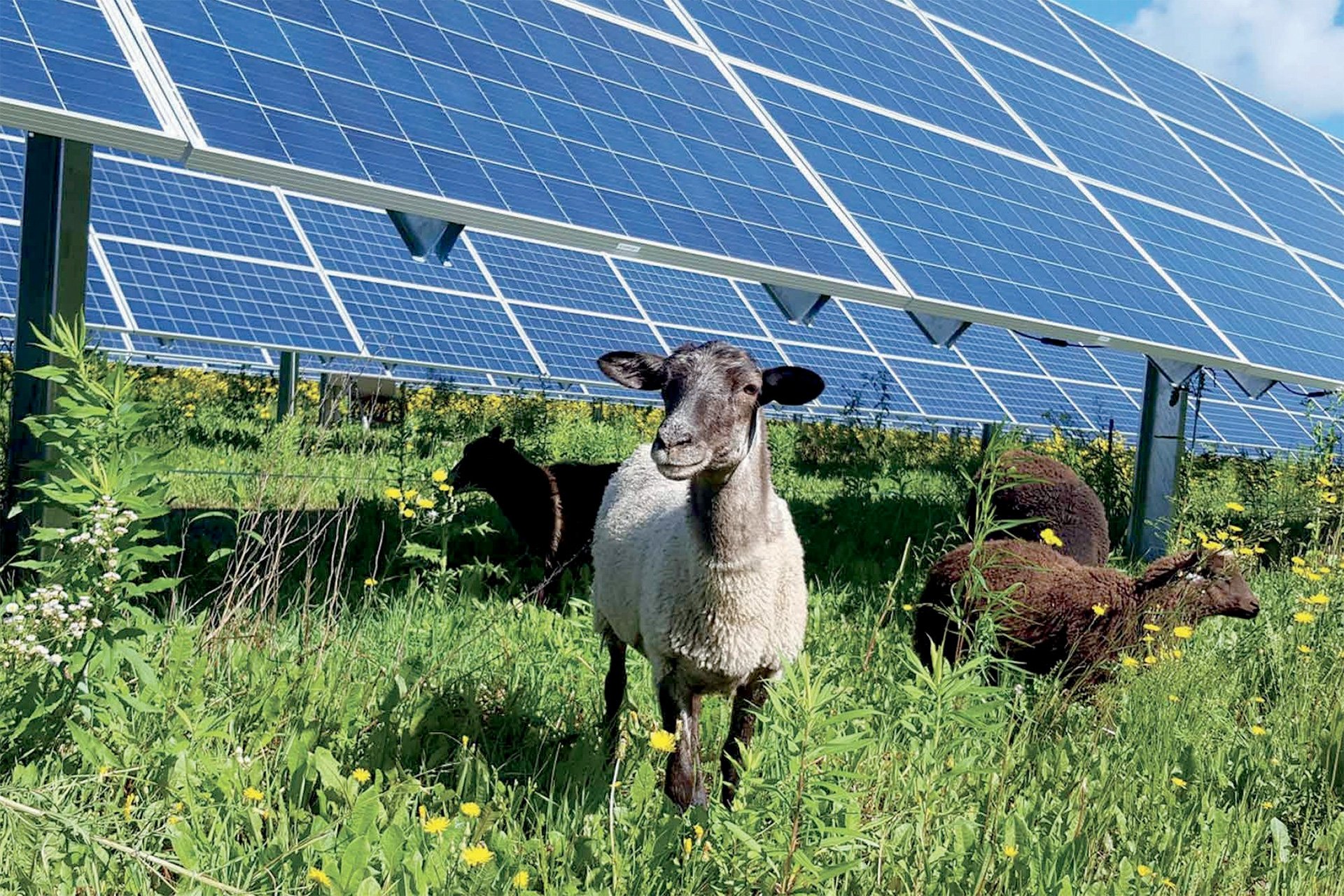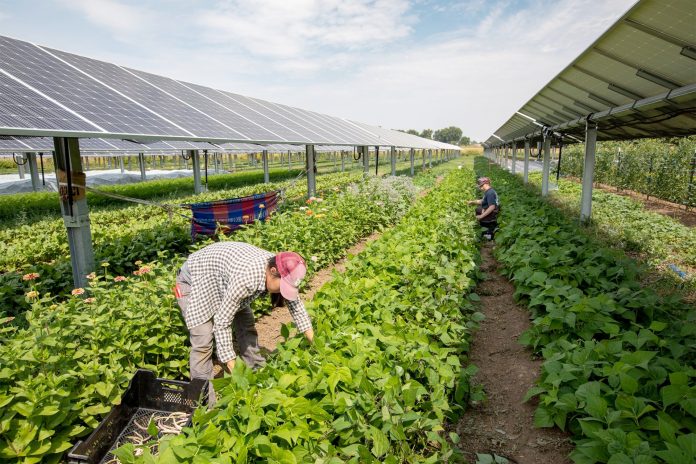As the pressure on land resources continues to rise and climate change introduces new challenges for both agriculture and energy sectors, agrivoltaics is emerging as a practical approach to use land for dual purposes. The concept involves installing photovoltaic (PV) panels above agricultural land, enabling simultaneous crop cultivation and solar energy production.
Originally proposed in 1981 by Adolf Goetzberger and Armin Zastrow of the Fraunhofer Institute for Solar Energy Systems (ISE), agrivoltaics has since moved from theory to practice. Elevated PV systems allow standard farming machinery to operate underneath while the shade from the panels helps reduce evaporation, moderate plant temperatures, and in some cases, even improve yields.
Fraunhofer ISE and the Heggelbach pilot in Germany
One of the most cited examples is the agrivoltaic pilot plant launched in 2016 at Heggelbach, Baden-Württemberg. Developed by Fraunhofer ISE and its partners, the installation featured 194.4 kWp of solar capacity mounted 5 to 8 meters above ground. Crops including potatoes, winter wheat, celery, and clover grass were grown underneath.
The findings were notable: in the dry summer of 2018, the land use efficiency reached 186%, compared to traditional farming. Crop results showed yield increases of up to 86% for potatoes, 12% for celery, and 3% for winter wheat. Clover grass saw a minor decrease of 8%. The elevated system also retained more soil moisture and reduced crop stress under heat.
United States: Widespread adoption and grazing-focused projects
By late 2024, agrivoltaics had spread across over 62,000 acres in the U.S., generating around 10 GW of power. According to the National Renewable Energy Laboratory (NREL), nearly 600 agrivoltaic sites are in operation. Many of these combine solar generation with pollinator-friendly vegetation, crop farming, or livestock grazing. States like Massachusetts and Colorado are actively supporting such installations through state-level policy and research grants.

France: Voltalia’s Poisy project
In France, energy company Voltalia commissioned a 250 kW agrivoltaic demonstrator in Poisy in 2024. The pilot integrates solar energy with cattle grazing. According to Voltalia, the goal is to study how solar panels affect both the behavior and welfare of animals and the regeneration of pastureland.
Portugal: National pilot project awarded to Akuo
Portugal’s Department of Agriculture and Rural Development selected renewable developer Akuo to build the country’s first national agrivoltaic pilot in 2024. The aim is to assess how PV panels over crops or grazing areas affect agricultural productivity and land sustainability in southern Europe’s drier climates.
China: Large-scale deployment in Gaomi
China has rapidly scaled up agrivoltaics. In 2025, a 100 MW agrivoltaic installation in Gaomi, Shandong Province was connected to the grid. Developed by Huasun Energy, the site is expected to produce 140 million kWh annually, cutting carbon emissions by an estimated 100,000 tons per year. According to Huasun’s statement, “The project not only supports local farming but also sets a benchmark for sustainable rural energy models.”

The road ahead
While agrivoltaics offers multiple benefits—land efficiency, improved crop resilience, and clean energy—it also poses challenges. Initial setup costs, site-specific engineering needs, and regulatory uncertainties can limit large-scale deployment. However, with pilot projects proving viable in diverse climates, the interest is growing.
From vineyards in France to potato fields in Germany and grazing lands in the U.S., agrivoltaics is becoming a tangible tool for regions aiming to balance food security and renewable energy goals.



